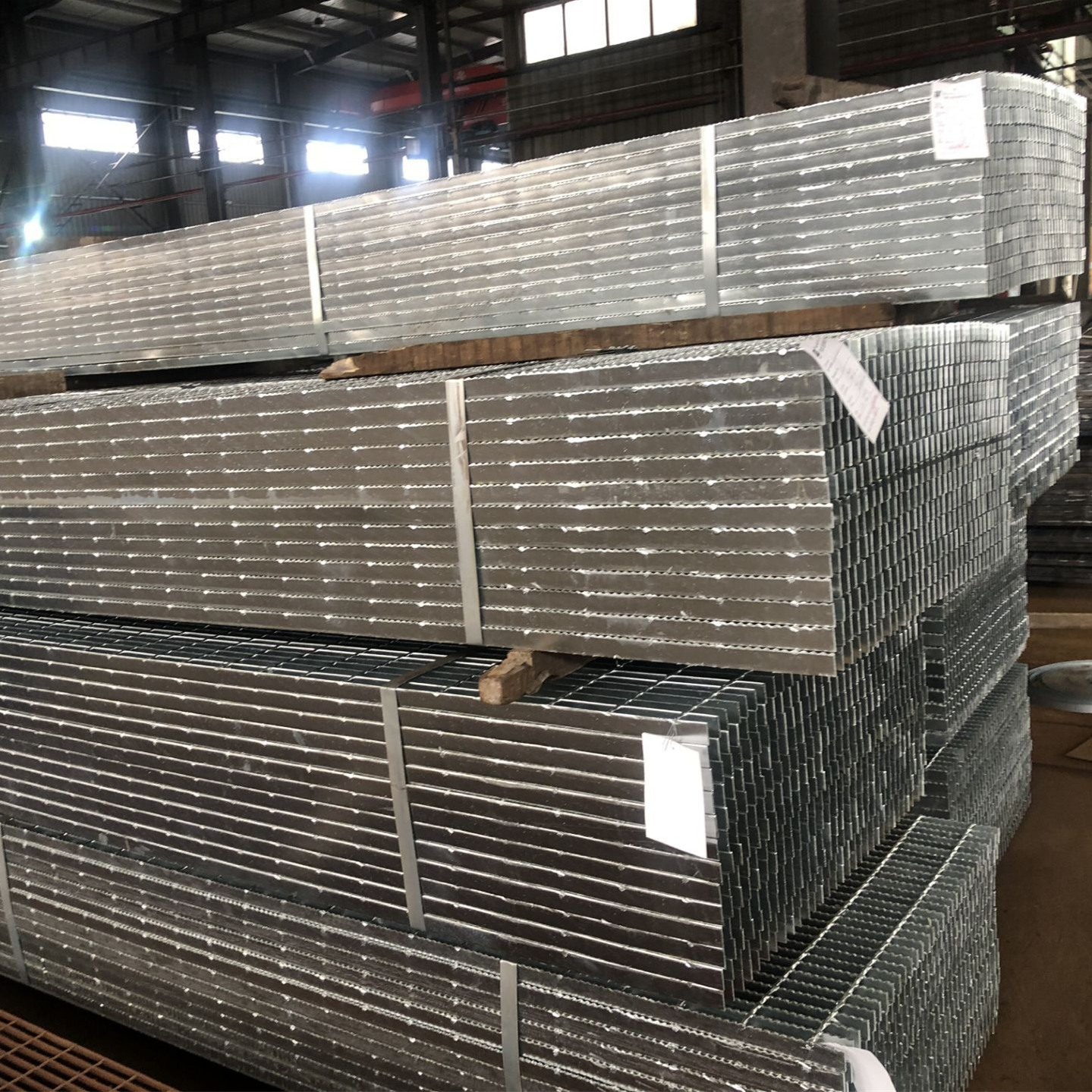Dec . 16, 2024 15:29 Back to list
Creating Temporary Site Fencing for Enhanced Safety and Security Solutions
Temporary Site Fencing A Comprehensive Overview
In the realm of construction, events, and property management, safety and security are paramount. One of the most effective measures to ensure that unauthorized individuals cannot access specific areas is through temporary site fencing. This article delves into the various aspects of temporary site fencing, including its types, benefits, applications, and installation.
What is Temporary Site Fencing?
Temporary site fencing is a physical barrier used to enclose a construction site, event venue, or any area requiring restricted access. Unlike permanent fences, these structures are designed for short-term use, providing a versatile solution that can be easily installed and removed when no longer needed.
Types of Temporary Site Fencing
1. Chain Link Fencing This type features interlocking metal wires and is often supported by posts. It provides visibility while maintaining a level of security. Chain link fencing is cost-effective and relatively easy to install, making it a popular choice for construction sites.
2. Mesh Fencing Comprising a series of mesh panels, this option offers high visibility and a degree of security. Mesh fencing is light and portable, making it ideal for events or locations where aesthetics are important.
3. Plastic Barrier Fencing These barriers are typically made from high-density polyethylene and are often used for crowd control and demarcation of areas. They are lightweight, durable, and come in bright colors for visibility.
4. Solid Panel Fencing For sites requiring greater security and privacy, solid panels made from materials like plywood or heavy-duty PVC can be employed. They prevent visual access to the site and deter potential theft or vandalism.
Benefits of Temporary Site Fencing
Temporary site fencing offers several advantages that make it an essential component for various applications
- Enhanced Security By deterring trespassers and safeguarding equipment and materials, temporary fencing plays a critical role in securing sites.
- Safety Fencing restricts access to hazardous areas, significantly reducing the risk of accidents and injuries. This is particularly vital on construction sites where heavy machinery and materials are present.
- Liability Protection Implementing temporary fencing can help mitigate legal liabilities in the event of accidents. It demonstrates a commitment to safety by keeping the public away from potentially dangerous sites.
- Flexibility and Mobility Temporary fencing is designed for quick installation and removal, making it ideal for projects with changing timelines or locations. It can be easily relocated to accommodate shifting boundaries and requirements.
temporary site fencing

- Cost-Effectiveness Compared to permanent fencing solutions, temporary site fencing is usually less expensive. It eliminates the need for long-term investments and can be used for multiple projects over time.
Applications of Temporary Site Fencing
Temporary site fencing is utilized in a variety of settings, including
- Construction Sites To secure tools, machinery, and materials, preventing theft and ensuring safety.
- Events From festivals to concerts and sports events, temporary fencing is vital for crowd control and defining perimeters.
- Emergency Situations During natural disasters or hazardous material spills, fencing can prevent unauthorized access to dangerous areas.
- Real Estate When properties are under renovation or construction, temporary fencing can delineate the space and keep unauthorized individuals at bay.
Installation Process
The installation of temporary site fencing is relatively straightforward. Typically, it involves the following steps
1. Planning Assess the area and determine the fencing needs. This includes understanding the site's boundaries and any specific security requirements.
2. Selecting Materials Choose the appropriate type of fencing based on the level of security required, budget, and duration of use.
3. Installation Assemble the fencing panels or rolls, securing them with posts or weights to ensure stability. Depending on the fencing type, this process can be completed quickly with minimal tools.
4. Maintenance Regularly inspect the fencing for any damages or weaknesses to ensure it continues to provide adequate security throughout its use.
Conclusion
Temporary site fencing is a crucial element in maintaining safety and security across various domains. Its versatility, cost-effectiveness, and ease of installation make it an ideal choice for construction sites, events, and other applications. As industries continue to prioritize safety, the demand for effective temporary fencing solutions is likely to grow, further underscoring its importance in contemporary project management.
-
358 Anti Climb Welded Wire Mesh Fence - Secure Perimeter Defense
NewsAug.02,2025
-
Durable Hot-Dip Galvanized Farm Field Wire Fence | Farm Security
NewsAug.01,2025
-
Temporary Fencing Solutions-Anping County Xingzhi Metal Wiremesh Products Co.,Ltd
NewsJul.31,2025
-
Hop Dipped Galvanized / PVC Coated Temporary Fence - Anping County Xingzhi Metal Wiremesh Products Co., Ltd.|Durable Temporary Fencing&Cost-Effective Security Solutions
NewsJul.31,2025
-
Hop Dipped Galvanized / PVC Coated Temporary Fence-Anping County Xingzhi Metal Wiremesh Products Co., Ltd|durable temporary fencing&corrosion-resistant solutions
NewsJul.31,2025
-
Temporary Fencing Solutions - Anping County Xingzhi Metal | Galvanized PVC Coated Fences
NewsJul.31,2025



